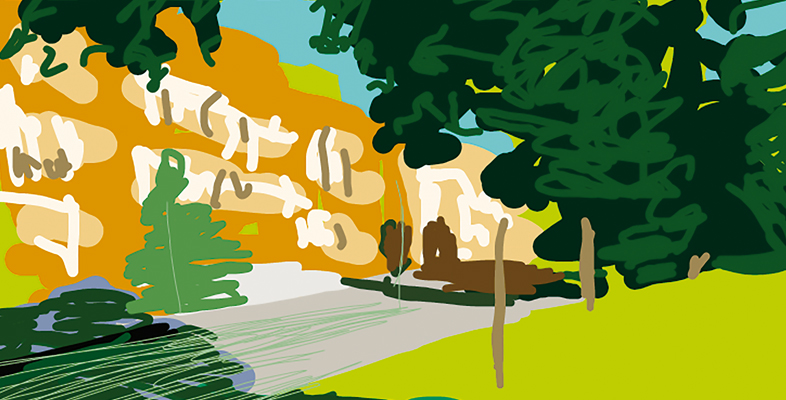Section 1 Summary
Section 1 has offered a broad introduction to interaction design. In particular it has illustrated that:
- As technology has developed, the nature of users’ interaction with technology has changed, and the scope of interaction design has broadened. Interaction is now multisensory, embedded in everyday objects, mobile – and interactive products can be connected and dynamic.
- Interaction design is important because good design has benefits, and bad design has consequences and costs that can be extreme.
- Interaction design is about creating interfaces that are fit for purpose in terms of users, environment and activities.
- Interaction design comprises four interrelated and iterative activities: establishing requirements, designing alternatives, prototyping designs and evaluating prototypes.
- The interaction design process must be user-centred. User-centred design displays three key characteristics: it is iterative; both usability and user experience are considered; and prospective users are involved throughout design.
